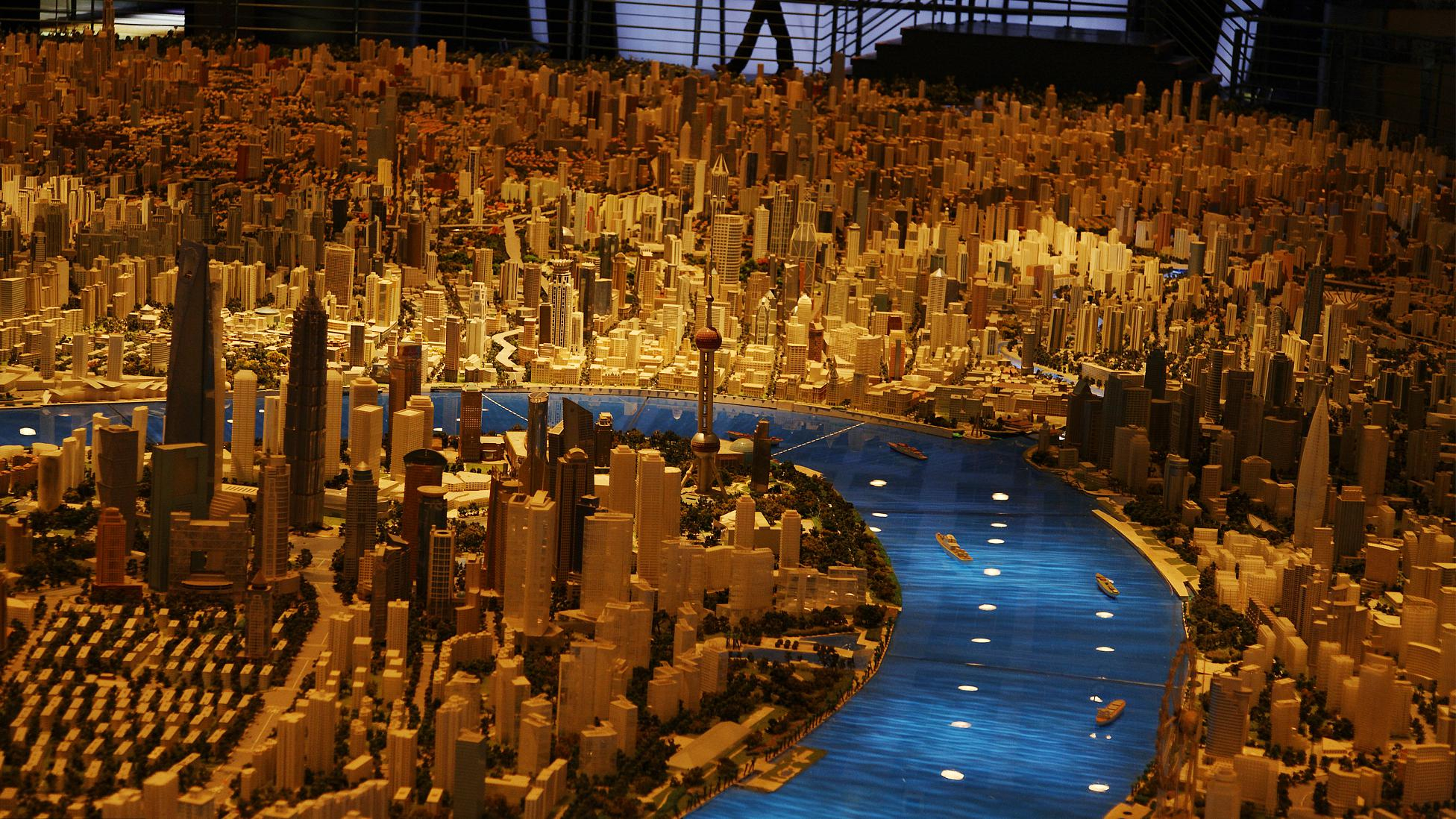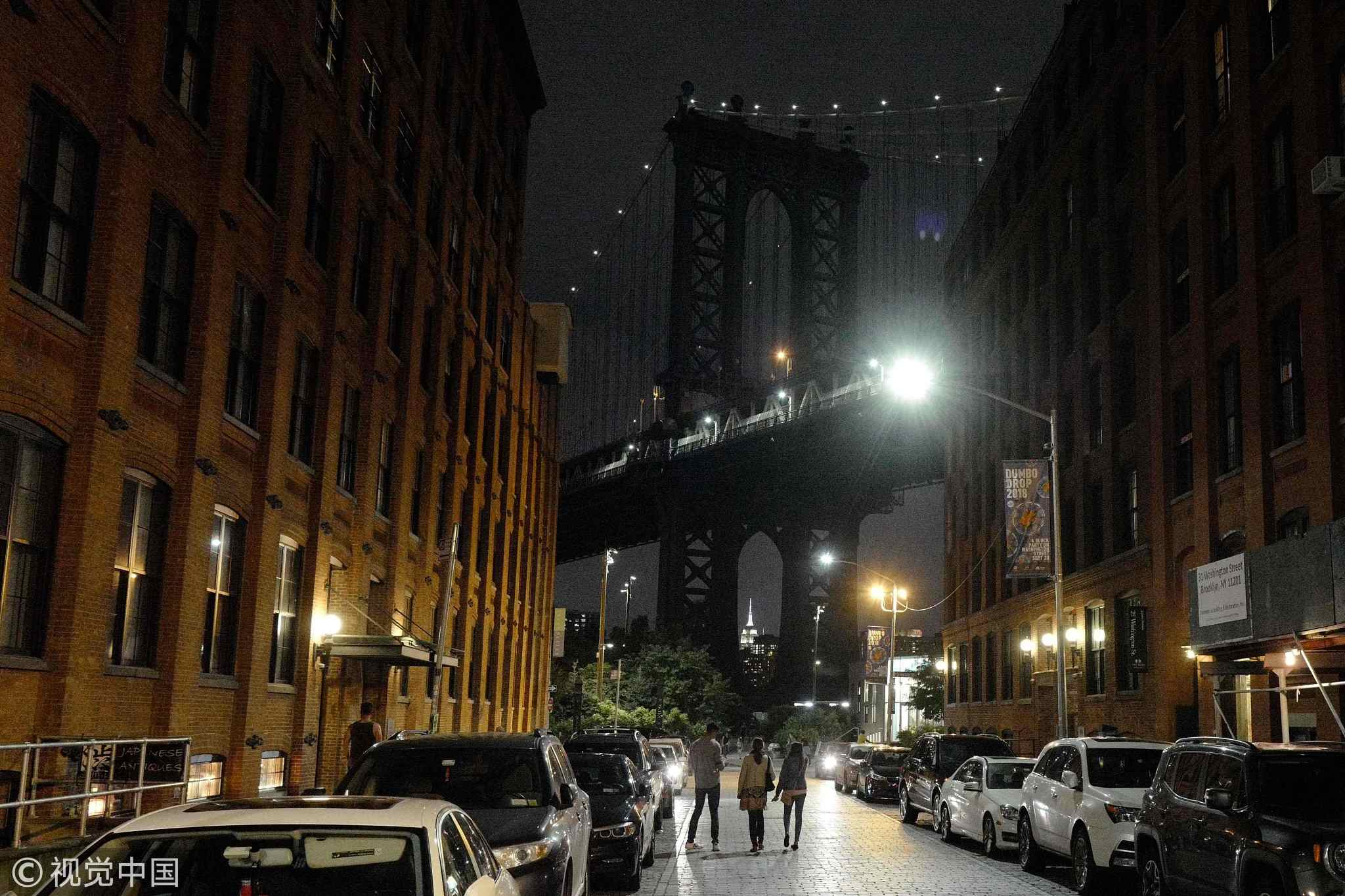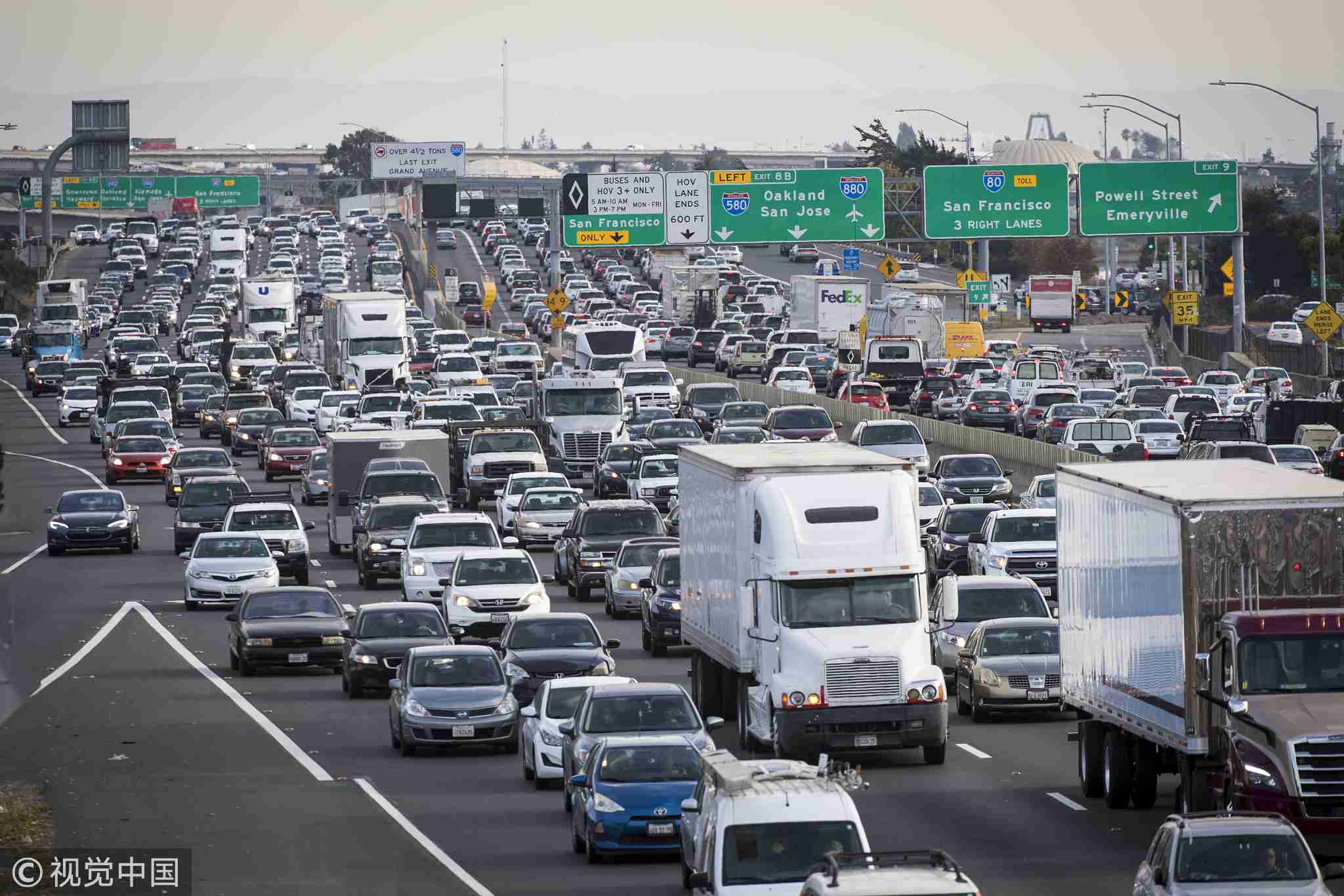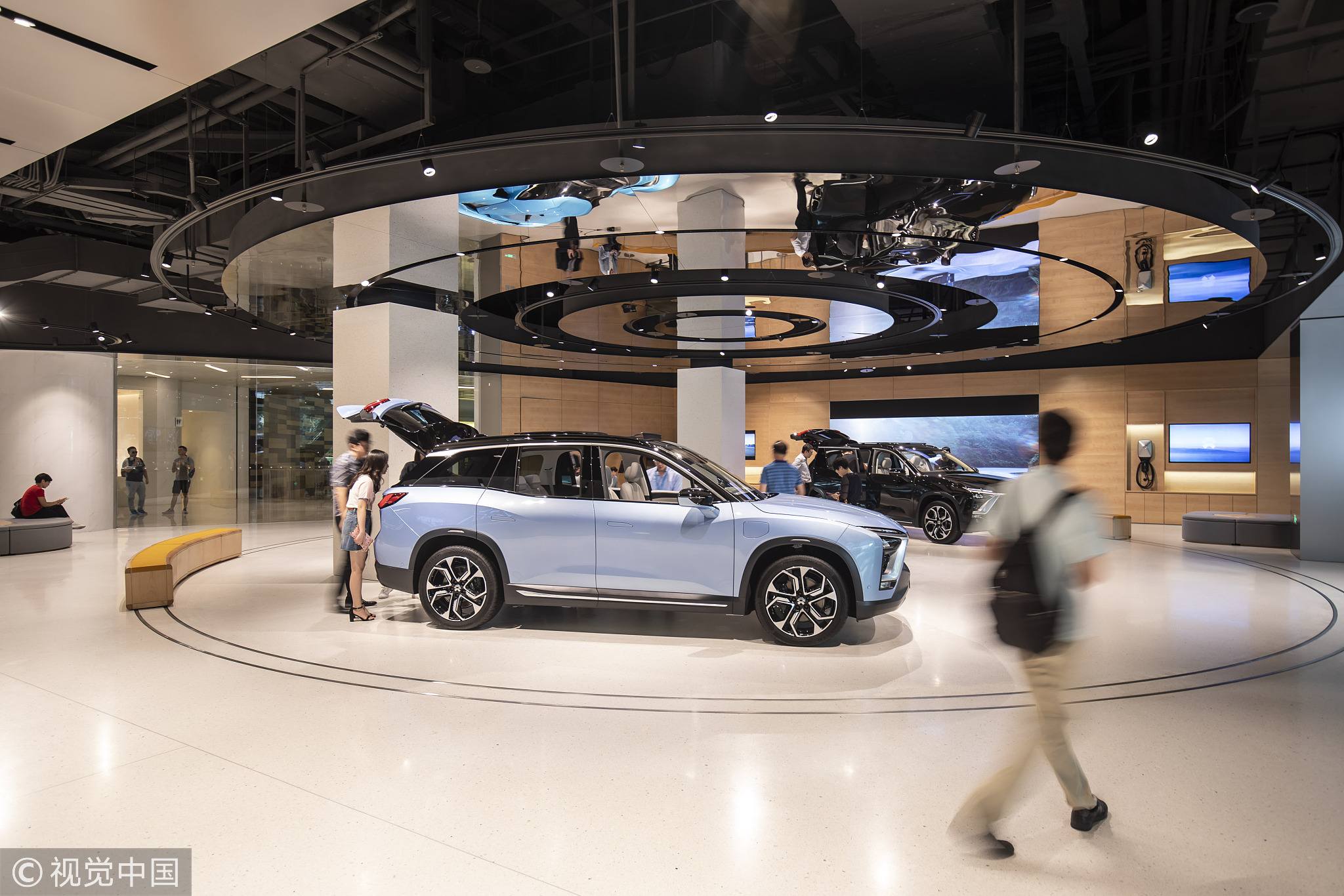
Opinions
09:44, 29-Sep-2018
Opinion: How new energy boosts the transformation of modern cities
Updated
08:51, 02-Oct-2018
Su Yunsheng

Editor's note: Dr. Su Yunsheng is the assistant dean of the College of Design and Innovation under Tongji University. The article reflects the author's opinion, and not necessarily the views of CGTN.
The modern urban planning was born after the industrial revolution. At a time when humans were heavily using fossil energy to build cities, it was clear that essential differences regarding urban planning theory and practice existed between the industrial age and agriculture age. However, there are advocates urging urban planning to respect nature.
The modern urban planning theory didn't critique the status quo, it even encouraged humans to indulge in using and depending on fossil energy. Hence, high-density Manhattan-like cities which rely on cars, elevators, and construction materials like cement, steel, and glass sprung up out of nothing. Such urban centers are anti-humans.

A street near the Manhattan bridge in Brooklyn, New York, September 26, 2018. /VCG Photo
A street near the Manhattan bridge in Brooklyn, New York, September 26, 2018. /VCG Photo
Are Le Corbusier's doctrines valid today?
The City of Tomorrow published in 1925 and The Radiant City published in 1931 by Le Corbusier are the symbols of functional urban planning. Le Corbusier foresaw that the internal combustion engine will greatly improve the human ability to transform nature, while gasoline-driven cars will improve the accessibility of urban spaces.
Thus, Le Corbusier held that "traffic is the lifeblood of a city, a city built for speed was built for success, the street is no longer a cart path, but a machine of traffic, an organ of the cycle."
High-rise buildings are the totem of an industrial society. Their magnificent construction scale and subsequent operation and maintenance require a large amount of fossil energy.

Vehicles in traffic travel along Interstate 80 in Emeryville, California, September 27, 2018. /VCG Photo
Vehicles in traffic travel along Interstate 80 in Emeryville, California, September 27, 2018. /VCG Photo
The emphasis of the modern functional urban planning on the aspect of fossil energy cities as "machines" not only falls into the wrong area of determinism of material form but also dissimulates the leading role of humans in the city.
Le Corbusier et al are motivated by the space and the tool revolution driven by fossil energy. However, they fail to pay attention to the power and capital which could control cities by controlling fossil energy.
New energy for our new time
In the era of the Internet, knowledge economy, and post-industrial society, it is of significant importance to solve the modern problem of environmental pollution and resource shortage, create a new energy transformation mechanism, lead humans into the future by understanding the philosophy and theory of the oriental traditional urban planning as well as simple views on natural urban energy such as the traditional theory that "man is an integral part of nature" and
"perpetuating a family line by tilling and studying."
"perpetuating a family line by tilling and studying."
Because energy is so ubiquitous, it should be used as a basic human right which could be accessible by everyone and a basic welfare which is provided for citizens much like food, water and air, rather than being a political tool for enslaving others and other countries, or as a tool for reaping staggering profits through monopolizing the energy infrastructure.

An electric sports utility vehicle (SUV) is on display inside the Nio House showroom at Shanghai Tower in Shanghai, China, September 14, 2018. /VCG Photo
An electric sports utility vehicle (SUV) is on display inside the Nio House showroom at Shanghai Tower in Shanghai, China, September 14, 2018. /VCG Photo
The Internet along with big data technology can help control human density, allowing for the space occupied by humans and natural areas to be proportional.
Finding natural energy has also been an important exercise in human existence. For example in the oriental urban civilization, constructions take into consideration such natural resources as wind and water, making this discipline valuable in the process of widening the use of new energy in city building.
In this way, human beings can achieve sustainable development under the premise of sustainable survival.
(If you want to contribute and have specific expertise, please contact us at opinions@cgtn.com.)

SITEMAP
Copyright © 2018 CGTN. Beijing ICP prepared NO.16065310-3
Copyright © 2018 CGTN. Beijing ICP prepared NO.16065310-3